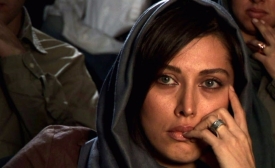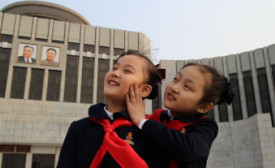cinema
CineAsia is upon us already, the last major cinema conference of the year and a time to take stock. This show has taken on new significance in recent years as it highlights the growth of Asia as a film market and the increasing importance of the region to global cinema. The Asia-Pacific region will account for 40.4% of global box office in 2016.
Beyond the act and acting - technical, aesthetic and cinematographic crescendos, Queen of Katwe presents opportunities and suggests ideas that the country can tap into to develop a robust creative industry, rebrand the national image, diversify opportunities for citizenry, and inspire new talent in different fields of the economy.
Young Iranians today have more access to American cultural products than ever before [...] In his new book, After the American Century: The Ends of U.S. Culture in the Middle East, Brian Edwards writes how popular, cinema, literary, digital, and academic culture from the U.S. reaches North Africa and the Middle East, is stripped of its Americanness, and is recontextualized in a different light.
In a day and age when the application of armed forces to resolve disputes between countries becomes less probable, the concept of "soft power" takes on a life of its own. Amongst the tools of political influence, the role of cinema as a soft power cannot be undermined. Bollywood’s ability to shape narratives in the course of diplomacy gives soft power a whole new connotation and also redefines "the best propaganda is not propaganda" dictum.
The culture industry is not only a money-spinner for a country, but is possibly a major sector that boosts the economy. Bùi Hoài Sơn, deputy head of the Việt Nam Institute of Culture and Arts Studies (VICAS), said this, while speaking about the development of the culture industry in Việt Nam in recent years.


The Chinese government is keen to build up its “soft power” to compete against the globally dominant cultural exports of the US. But there’s just one problem. After years of trying, China has yet to develop its own popular versions of Mickey Mouse, the Marvel Comics heroes and the other globally-known characters and products that allow Disney to market “Disneyland” as an immersive, universal experience.







